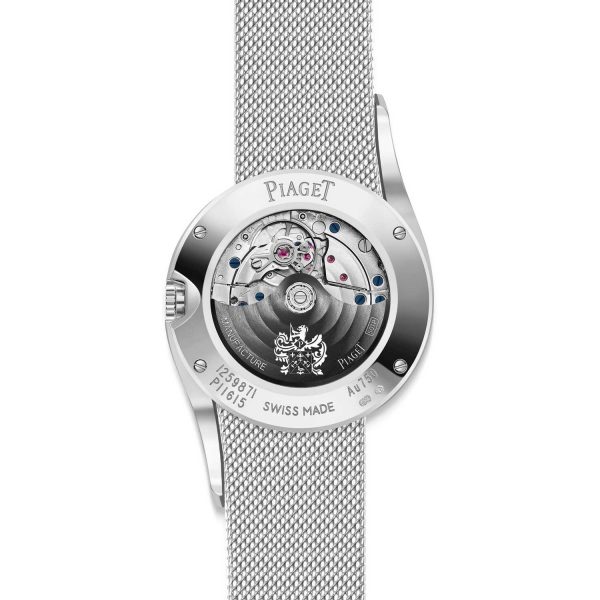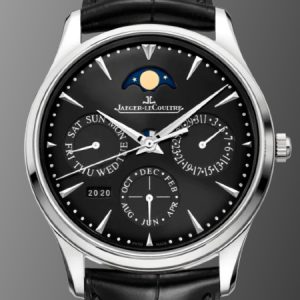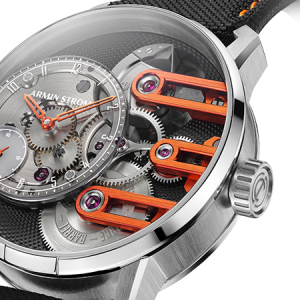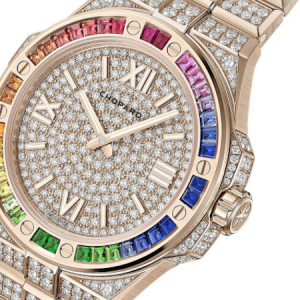When Piaget isn’t pushing the boundaries of ultra-thin watchmaking, pounding the watch case down to a card, or navigating the maze of high complexities, it turns its hand to jewelry watches, placing its name on some of the most enticing examples in the industry.
The Piaget Limelight Gala series, for example, has asymmetrical lugs that extend far beyond the case in a seductive, curved sweep like a whorl around a stem.
![]()
Previously, the Limelight Gala collection used quartz or hand-wound movements. Piaget then released Limelight Gala watches in 2020, which included a self-winding 501P movement. The case thickness increased somewhat, from 7.4mm to 8.91mm, but the extra technical content and convenience of a self-winding movement make the trade-off worthwhile.
The Limelight Gala Aventurine, which has the self-winding 501P1 manufacturing movement, pushes Piaget even farther this year. This is a more advanced version of the 530P movement, with a higher beat frequency.

The 530P and 501P, both released in 2020, have a 3Hz frequency. The 501P1 utilized here beats at 4Hz, resulting in improved beat consistency at a minor cost of power reserve, which is reduced from 43 to 40 hours.
The dial is aventurine glass, which is made using a method that dates back to the 17th century in Venice; it is dark blue with copper oxide particles and replicates the majesty and mysticism of a star-filled night sky. A swirl of 62 brilliant-cut diamonds measuring 1.66 carats surrounds it.

The white gold Milanese mesh strap gets equal credit, or this is the best firm in terms of watch industry and artisan ability. The fabrication of this strap, taking 366 individual gold threads, molding them into spirals, and weaving them into a gold cloth strap, takes at least eight artisans over 100 hours.
Discover more about the Piaget watch collection only at The Time Place boutique.





